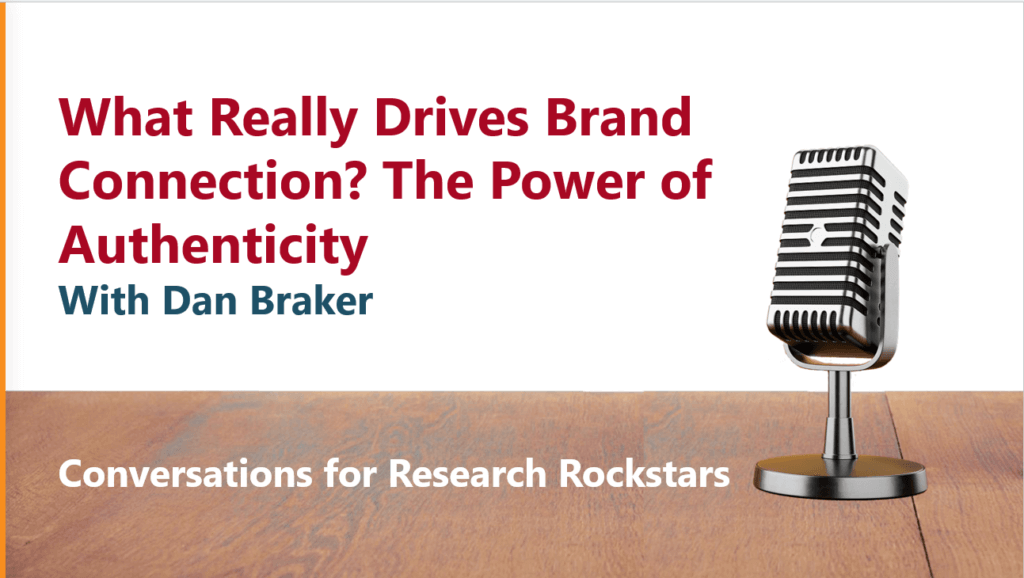Fortune 500 researchers often juggle the need to deliver fresh customer insights with the mandate to minimize research costs. How do they do it? By cutting costs where they can, and embracing cool new technologies when applicable.
Here are three strategies currently being embraced by Fortune 500 market researchers.
#1: Market Research Using In-House Panels
Companies often rely on third-party panels as a sample source for survey research (for example, you may use EMI, SSI or USamp for your online surveys). Third-party panels offer appealing convenience and predictability. Still, if your research requires focusing on your own customer base or special screening criteria, third party panels may not be the most cost-effective choice.
As a result, some companies have invested in building their own in-house panels.
For certain target markets and populations of interest, an in-house panel can reduce data collection costs and pay for itself quickly.
Will an in-house panel be a good fit for the types of research your company does?
- Your participants will know who is sponsoring the research, and that does introduce some bias (you are more likely to get panel members who already have strong awareness of your brand and even a preference for it). Is that an acceptable trade-off to your organization?
- If some of your research needs to be with more random populations, you need to ask yourself, “Are my panel members an acceptable proxy for the broader target market?” Or, will you have budget to augment those studies with a third party panel?
Of course, if you do a lot of online surveys with your customer base, it’s more of a slam dunk. In these cases, it makes sense to really mange your customer list as a panel, by giving them the option of opting in to a panel program, and tracking their participation.
#2: Augmenting Traditional Market Research with Social Media Insights
Many market researchers now accept social media-gleaned insights as a way to inform market research projects. By monitoring social media conversations using various tools such as Buzzmetrics, Crimson Hexagon, Radian6 and Trackur, corporate researchers can discover trends in brand sentiment and even gather product feedback without going out and asking for it. While in many cases, this type of research is viewed as more “qualitative” and directional, as opposed to “quantitative,” it does have value. The large amount of social media content that gets generated worldwide every day is a rich source of data that can be analyzed using cool new technologies (in the form of text analytics and sentiment analysis tools). Opinions are divided about how best to use the data, but many corporate researchers are embracing it at minimum for “discovery” studies as a Phase 1 (to inform a more significant survey project as a Phase 2) and many use it for general WOM or buzz monitoring (often as an early warning system).
To learn more about social media research, please download this white paper from Research Rockstar.
#3: Seeing the Future: Prediction Markets as a Market Research Method
Some Fortune 500 researchers are starting to test prediction markets as a market research method. A prediction market is simply a web-based platform to generate, prioritize, and assess predictions. Want to know which of several new products will sell more? Maybe you want to know what behaviors will be more common in your target market by 2015. How about finding out brand perceptions by asking which of your top four competitors will have the most revenue growth next year? Ask the crowd, whether a broad or narrow one, by hosting a fantasy stock market or “poker chip” game. IdeaScale, Infosurv, and Inkling are just three of the platforms that offer trials. Again, new technologies are allowing corporate researchers to gain customer insights quickly.
Fortune 500 Market Researchers Spend Research Dollars Wisely
Just because they work for big companies, it doesn’t necessarily follow that Fortune 500 market researchers have big budgets. They are just as eager as any other researchers to gather as much insight as possible while managing expenses. Today many are starting to take advantage of new technologies to do that. Still, it’s not about replacing well-tested, proven methodologies (such as surveys and focus groups); it’s often about augmenting them.
[Do you have staff that could use some market research training? Check out our online classes; most are under an hour, and all can be viewed conveniently from any web browser.]











